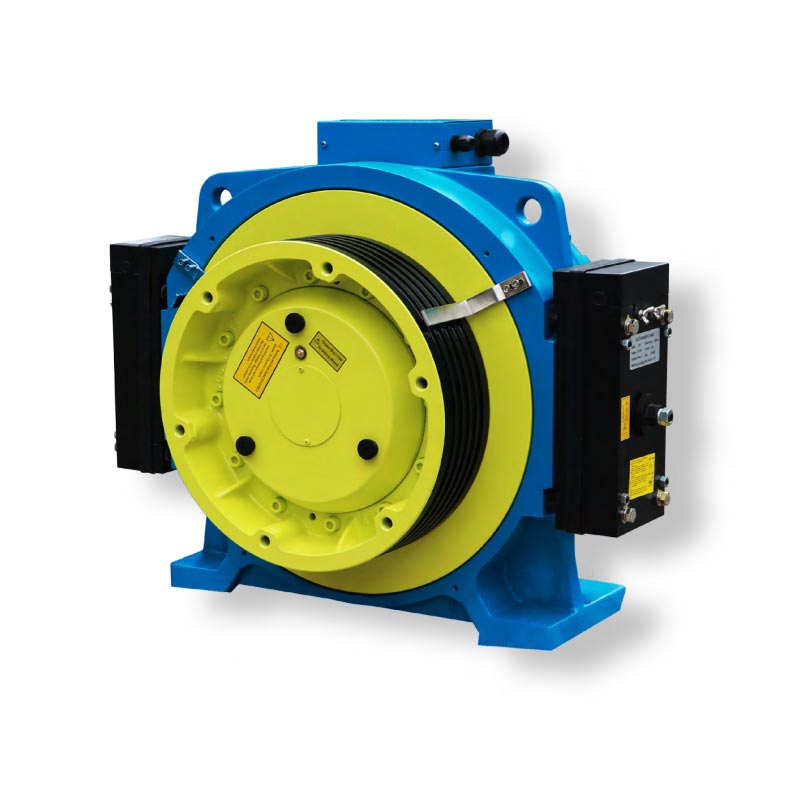What Is an Elevator and Why Is It Essential in Modern Buildings?
2025-07-09
An elevator is a vertical transportation device designed to move people and goods between floors of a building efficiently and safely. Elevators have become indispensable in residential, commercial, and industrial buildings, especially those with multiple stories, improving accessibility and convenience.
What Are the Main Types of Elevators?
Traction Elevators:Use ropes and counterweights, powered by electric motors, suitable for mid- to high-rise buildings.
Hydraulic Elevators:Operate using a hydraulic piston to lift the cab, ideal for low-rise buildings up to 6 floors.
Machine-Room-Less (MRL) Elevators:Compact design without a separate machine room, energy-efficient and space-saving.
Pneumatic Elevators:Use air pressure to move the cab, typically for residential or light commercial use.
Freight Elevators:Designed specifically to carry heavy goods, often larger and more robust.

What Are the Key Features of Modern Elevators?
Safety Systems:Emergency brakes, door sensors, communication systems, and backup power.
Speed and Capacity:Vary depending on building height and traffic demand.
Energy Efficiency:Regenerative drives and LED lighting reduce energy consumption.
Smart Controls:Touchscreen panels, destination dispatch, and IoT connectivity.
Accessibility:Features like braille buttons, audible signals, and wide doors accommodate all users.
Smooth Ride:Advanced suspension and leveling systems for comfort.
Why Are Elevators Important?
Accessibility:Enables mobility for people with disabilities, elderly, and those carrying heavy loads.
Space Efficiency:Maximizes usable building area by reducing the need for ramps or stairwells.
Time-Saving:Rapid vertical transportation improves productivity and convenience.
Safety:Designed to stringent standards to prevent accidents.
Property Value:Increases building attractiveness and usability.
Where Are Elevators Commonly Used?
Residential Buildings:Apartments and condominiums.
Commercial Buildings:Offices, malls, hotels.
Hospitals:For patient transport and equipment.
Industrial Facilities:Moving materials and staff.
Public Infrastructure:Airports, train stations, and government buildings.
How to Choose the Right Elevator?
Consider these factors:
1. Building Height and Traffic:Determines elevator type and capacity.
2. Space Availability:Influences machine-room or MRL selection.
3. Budget and Maintenance:Balancing initial cost with operating expenses.
4. Safety and Compliance:Meeting local building codes and accessibility laws.
5. Customization:Interior design, control panels, and features.
Conclusion
An elevator is a vital component of modern architecture, enhancing accessibility, safety, and convenience. Selecting the appropriate elevator system tailored to building requirements ensures efficient and reliable vertical transportation.


